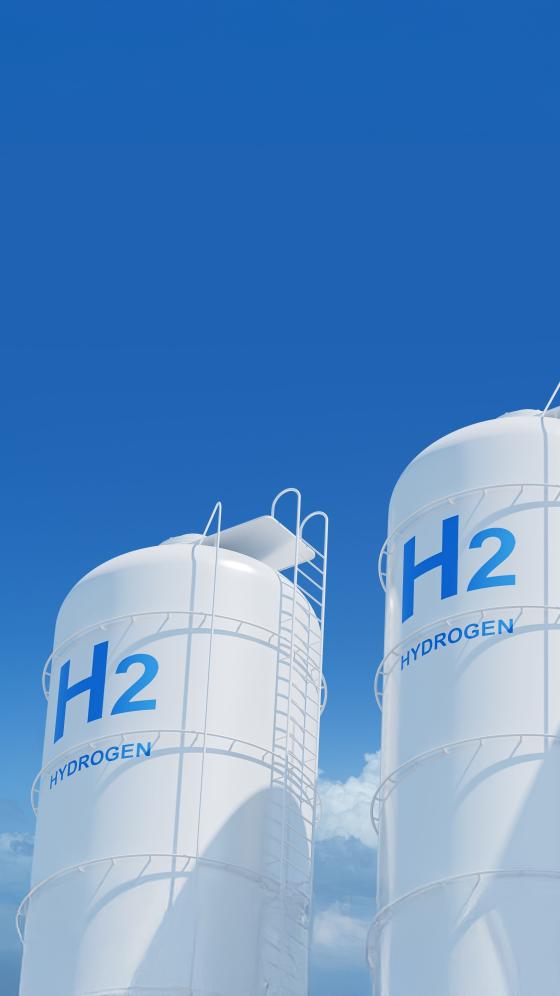Member States have transposed the Renewable Energy Directive.
First step towards mandatory EU-wide cost efficiency comparison of gas transmission operators

First step towards mandatory EU-wide cost efficiency comparison of gas transmission operators
What is it about?
With the adoption of the 2024 EU hydrogen and gas decarbonisation package, ACER is tasked with carrying out a periodic cost comparison assessing the efficiency of gas transmission system operators (TSOs) across the EU.
To kickstart this work, ACER engaged a consultant to propose a methodology to benchmark the efficiency of gas TSOs. ACER has taken into account the previous (voluntary) benchmarking studies of gas TSOs, and has consulted stakeholders extensively, including an ACER public consultation, a workshop and engaged experts to conduct an independent assessment (Expert Review) of the proposed methodology.
The consultancy study, published today, provides general guidance for ACER in designing the methodology and procedures for phase II (data collection and validation) and phase III (modelling) of the ACER efficiency comparison. Some elements of the methodology have been adapted based on the input received from third parties.
Why does the cost-efficiency of gas TSOs matter?
Ultimately, gas consumers pay the costs of natural gas transmission networks through their bill. The TSOs’ allowed revenue is set by the national regulatory authority (NRA) and is recovered from network users through network tariffs, in line with the EU-wide Network Code on Harmonised Transmission Tariff structures.
Benchmarking compares the costs of a TSO (a monopoly) to other operators in the EU. ACER’s efficiency comparison, which is mandatory for all EU TSOs, will help ensure that TSOs’ costs and the resulting tariffs across Europe are efficient.
Why is TSO cost-comparison increasingly relevant in a decarbonised gas context?
The gas sector is evolving, with lower gas demand, the rise of renewable gases and planning for hydrogen. This may require new investment while the decreasing use of existing gas infrastructure is already driving gas network tariff increases across Member States. This ACER tool aims to provide efficiency scores in a reliable and transparent manner, reflecting different national realities and allowing for different regulatory approaches.
What’s next?
- January 2026: The second phase of the ACER efficiency comparison will start. ACER will request TSOs to submit the data that will be used for modelling in the third phase, as well as carry out a validation process to remove any reporting errors and ensure a high data quality. As part of the validation, TSOs or NRAs are expected to audit the reported data. ACER will consult with TSOs on the data that will be requested and the overall process.
- Between late Q4 2026 – early Q1/2027: The third phase will be launched to focus on the modelling of the ACER efficiency comparison. Stakeholders will be consulted on the model specifications and process in the course of 2027.
- By 5 August 2027: Completion of the first ACER efficiency comparison. Following the first publication, ACER should repeat the calculation every four years.
Further updates will be provided along these process steps.










